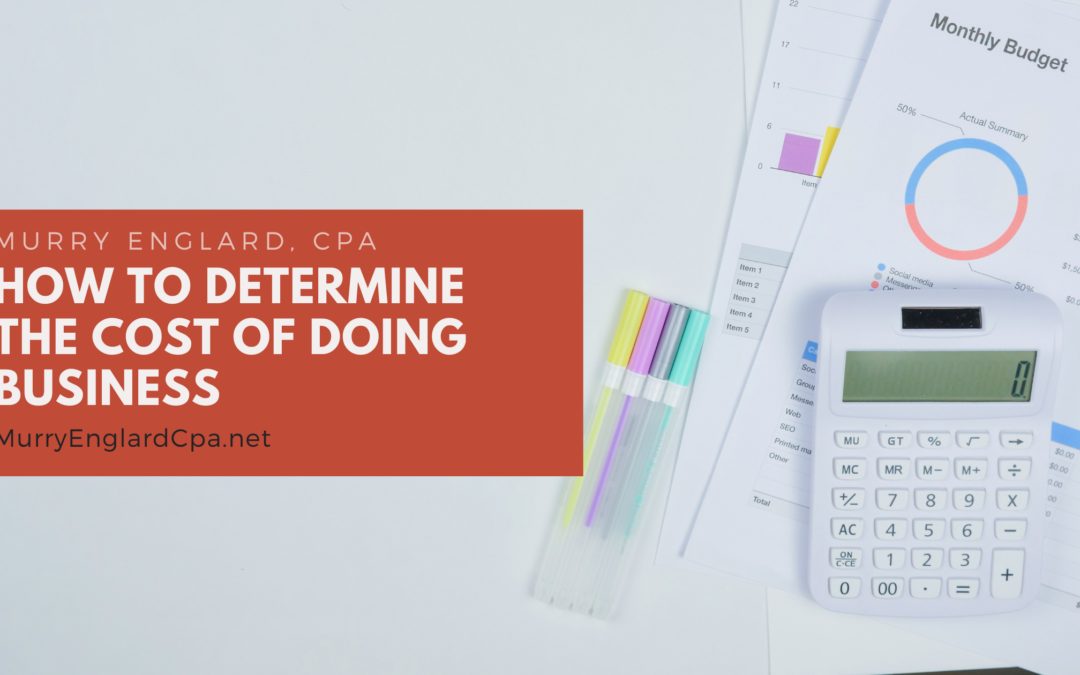Every business, regardless of its size or industry, must thoroughly understand its cost of doing business. Knowing this crucial metric allows business owners and managers to make informed decisions, set prices, develop budgets, and maximize profitability. Let’s delve into the cost of doing business, discuss its significance, and provide a step-by-step guide on determining it accurately.
What is the Cost of Doing Business?
The cost of doing business refers to the total expenses a company incurs to operate and maintain its daily activities. It encompasses all the costs necessary for running a business, including fixed fees (e.g., rent, utilities, salaries) and variable costs (e.g., raw materials, production costs). By understanding these costs, businesses can evaluate their financial health, assess profitability, and identify areas for cost optimization.
Calculating the Cost of Doing Business
To calculate the cost of doing business, you can follow these steps:
- Identify and categorize your expenses: Start by listing all your fixed and variable business expenses. This includes rent, utilities, employee salaries, marketing costs, raw materials, equipment maintenance, insurance premiums, and any other fees specific to your industry.
- Determine fixed costs: Fixed costs are expenses that remain relatively constant regardless of your business’s output or level of activity. Sum up all your fixed costs, such as rent, insurance, and salaries, to obtain the total fixed expenses for your business.
- Calculate variable costs: Variable costs are expenses that fluctuate based on the level of production or sales. These may include raw materials, packaging, shipping, and sales commissions. Determine the variable cost per unit of production or sales, and multiply it by the number of units sold to get the total variable costs.
- Add fixed and variable costs: Sum the total fixed and variable costs to obtain the total cost of doing business.
- Calculate the cost of doing business as a percentage: To assess the impact of the expenses on your business, divide the total cost by your total revenue and multiply by 100. This will give you the cost of doing business as a percentage of income.
Significance and Utilization of the Cost of Doing Business
Understanding the cost of doing business has several significant implications for business owners and managers:
- Pricing decisions: By knowing your business costs, you can set reasonable prices for your products or services to ensure profitability. It helps determine the minimum price necessary to cover costs and generate a profit margin.
- Budgeting and financial planning: The cost of doing business serves as a foundation for creating accurate budgets and economic forecasts. It allows you to allocate resources effectively, plan for future investments, and anticipate potential financial challenges.
- Cost optimization: You can analyze each expense category and explore strategies to reduce costs by identifying the various cost components. This could involve negotiating better deals with suppliers, improving operational efficiency, or adopting cost-saving technologies.
Determining the cost of doing business is an essential aspect of financial management for any company. It provides valuable insights into a business’s financial health and profitability, enables informed decision-making, and aids in setting prices and developing budgets. By following the these steps, you can accurately calculate your cost of doing business and utilize this information to drive success in your business endeavors.
